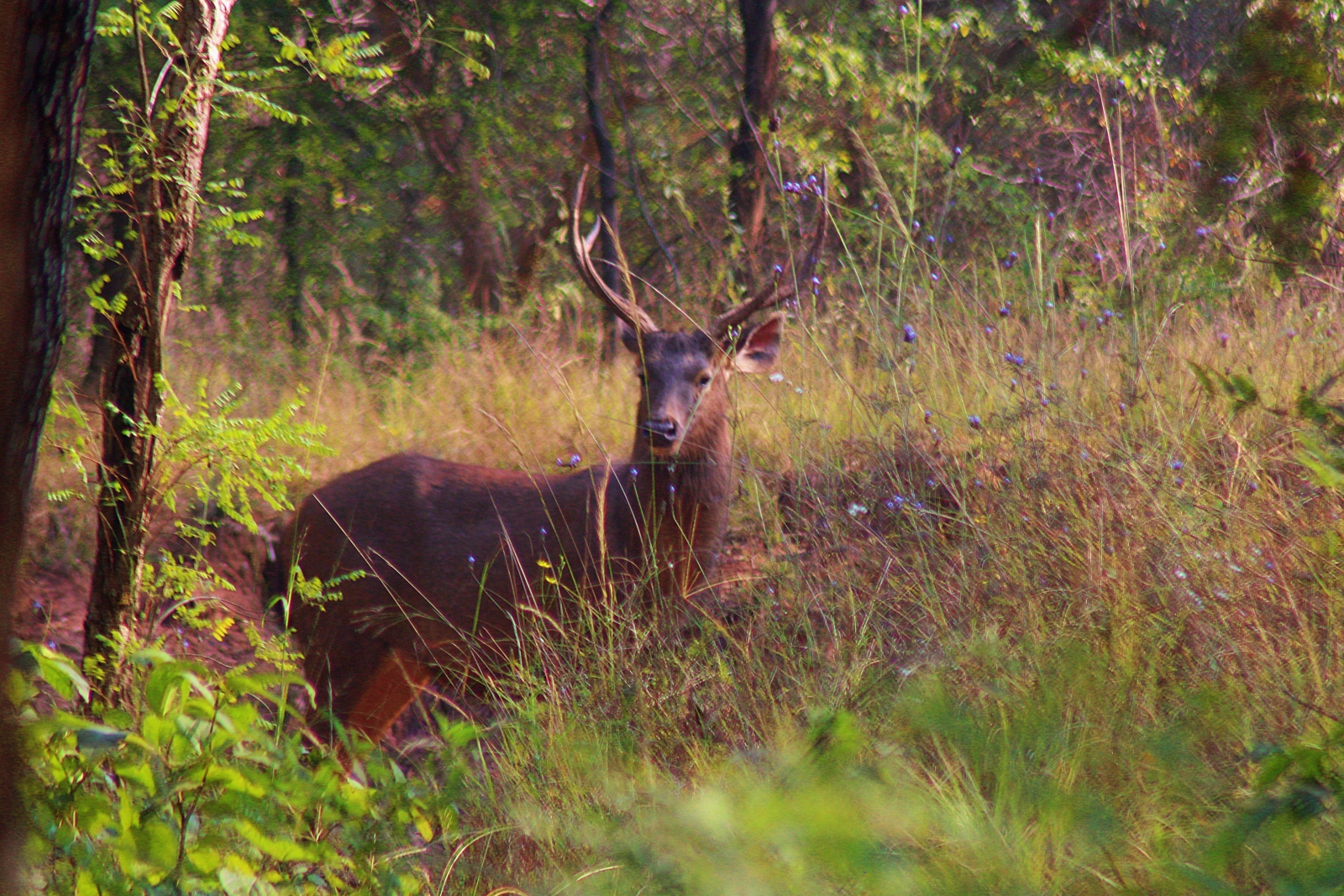New Wildlife Conservation Reserves in India
India is home to a variety of wildlife species, many of which are at risk of extinction due to loss of habitat and climate change. To protect these endangered species and their habitats, wildlife conservation reserves have been established all over the country. In this post, we will explore the overview of wildlife conservation reserves in India, the benefits of establishing such reserves, the challenges of creating new reserves, and the strategies to promote them. By the end of this blog, readers should have a better understanding of how wildlife conservation reserves can help protect India’s diverse wildlife.
Table of Contents
Wildlife Conservation Reserves in India
India is home to some of the world’s most diverse wildlife and is known for its dedication to conservation. In the country, there are over 500 wildlife conservation reserves that have been established throughout the nation. These reserves are dedicated to providing protection and a safe habitat to numerous species of plants, animals, and birds. These reserves are managed by the Indian Forest Department, as well as local communities, NGOs, and other organisations.

The reserves provide a range of benefits to species, including protection from poaching, habitat protection, and the preservation of biodiversity. The reserves also provide educational opportunities to local communities, helping to create awareness of the need for conservation. These reserves are an essential part of India’s heritage and are a priceless asset to the nation that needs to be protected and preserved for future generations.
Establishing Wildlife Conservation Reserves
Wildlife conservation reserves play an important role in preserving the planet’s biodiversity and promoting the conservation of species. Establishing wildlife conservation reserves is a great way to protect both flora and fauna and ensure their survival. These reserves can provide habitats for endangered species, as well as increase public awareness about conservation and environmental protection. Conservation reserves can also improve environmental education, increase economic opportunities for local communities, and provide recreational opportunities for outdoor enthusiasts. Establishing these reserves helps protect our planet’s natural resources and can be a beneficial step for the environment.
Establishing New Wildlife Conservation Reserves
Establishing new wildlife conservation reserves in India is an important challenge due to the country’s varied landscape and diverse species. The reserves are important for the preservation of threatened species and habitats, as well as for providing recreational and educational opportunities for the public. In order to create successful reserves, it is essential to assess the availability of resources, develop plans for management, and implement effective monitoring and enforcement of regulations. A comprehensive assessment of the environment and the species of wildlife that inhabit it is also necessary to ensure that the conservation reserve is beneficial to the species and their habitats.
In addition, careful consideration should be given to the potential for human-wildlife conflicts and the development of strategies to reduce and manage such conflicts. Finally, a clear communication and education plan should be adopted by the conservation reserve to ensure that local communities are aware of the importance of the wildlife and the need to protect it. With a concerted effort, India can establish successful wildlife conservation reserves that will contribute to the protection of its wildlife and habitats.
Strategies to Promote Wildlife Reserves
India is home to a wide variety of wildlife, but the conservation of this natural heritage is becoming increasingly important. To ensure the continued survival of India’s wildlife, it is essential to promote the establishment of new wildlife conservation reserves. These reserves can provide essential habitat for vulnerable or endangered species, and can help to protect the genetic diversity of India’s wildlife.
To promote the establishment of new wildlife conservation reserves, various strategies can be implemented. Educating the public and raising awareness of the importance of wildlife conservation can help to garner support for new reserves. Working with local governments and communities to create incentives for establishing reserves can also be beneficial. Additionally, funding and resources should be allocated towards the development of new reserves.
By implementing these strategies, India can take significant steps towards preserving its wildlife. New wildlife conservation reserves can play an important role in protecting India’s natural heritage for generations to come.
Wildlife conservation reserves serve as important tools in the preservation of the world’s biodiversity. By protecting certain areas and providing ecological support, reserves help maintain a healthy balance between the natural environment and human activities. In addition to aiding in the protection of species and habitats, reserves also provide educational opportunities, allowing people to become more informed about the natural world and its inhabitants.
By raising awareness, reserves can help foster an appreciation for the importance of preserving our natural resources and the many benefits that come with doing so. Protecting and preserving the world’s wildlife is an essential part of maintaining a healthy planet, and reserves provide a unique and valuable platform for doing so.
In conclusion, wildlife conservation reserves in India have immense potential to provide a wide range of benefits such as habitat protection, biodiversity conservation, and opportunities for eco-tourism. However, several challenges need to be addressed in order to create new reserves, such as obtaining adequate funding, creating well-managed and secure boundaries, and addressing land disputes.
Strategies such as creating public awareness of the importance of conservation reserves, forming partnerships with private stakeholders, and forming public-private partnerships could be used to promote new reserves in India. With these steps, India can forge ahead in its journey to conserve the rich natural heritage of its wildlife for future generations.



